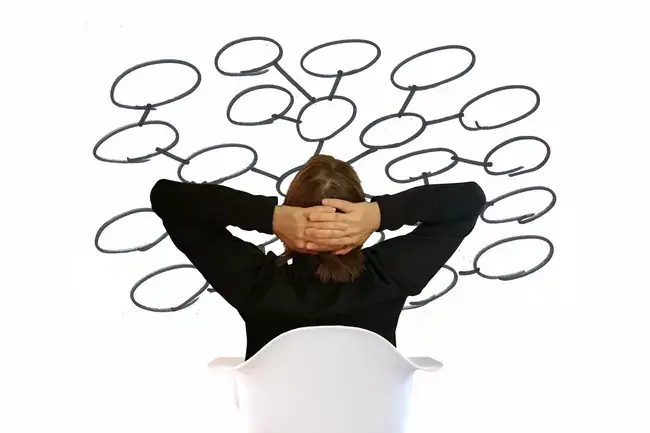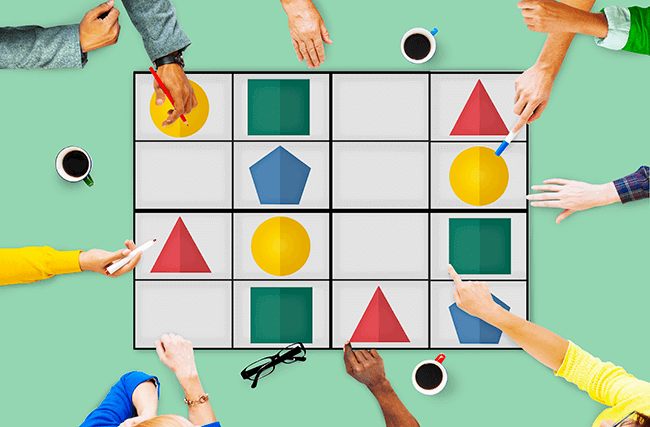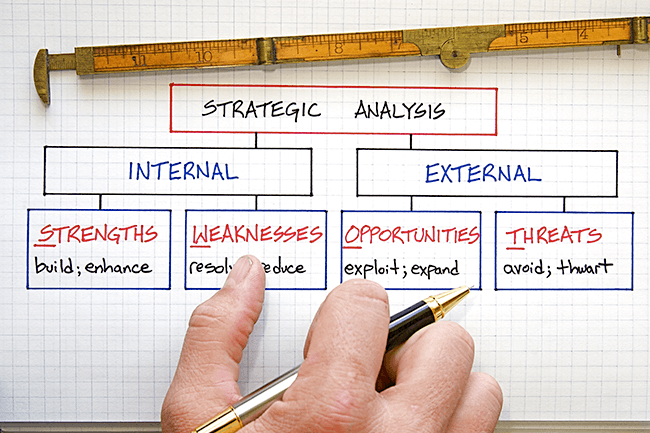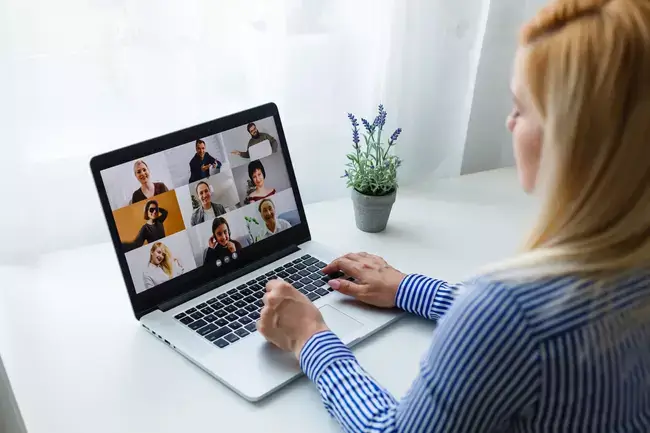A Step-by-Step Guide on How to Create a Storyboard
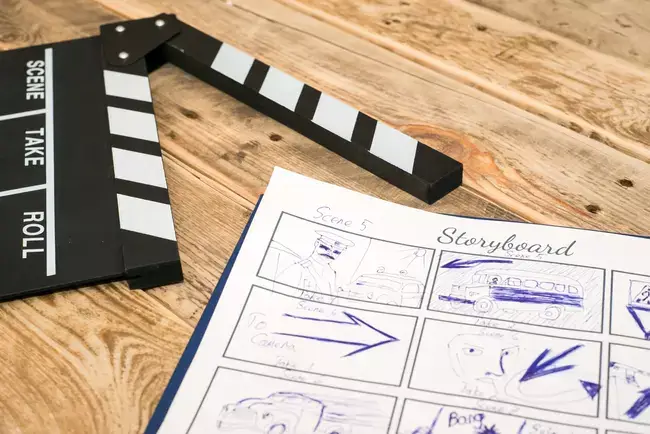
Some of the first storyboards were used in the early 1930s at Walt Disney Studios. The first storyboards were used to shoot the Disney short, Three Little Pigs.
Webb Smith, a Disney animator, invented the concept of drawing scenes on separate sheets of paper and hanging them up on a bulletin board, resulting in what we know as the first iterations of storyboarding.
We’ve come a long way since those early days, and traditional methods may not be as productive anymore.
We’re going to show you how to create a storyboard and what it means to move the process onto a digital and collaborative platform. Keep reading for some storyboard tips, tricks, and tools.
Understanding the Concept – What Is a Storyboard?
A storyboard communicates the vision of a concept, be that a novel, short film, or marketing video. Storyboards simplify the whole creative process. They don’t simply summarize the needs of your concept; they give your team members a tangible and visual workflow, which makes collaboration and decision-making easier in the production process.
In fact, most of the decision-making should happen during the storyboard process. Although it takes some initial time to put a storyboard together, in the long run, it’s going to save you time, money, and energy.
You don’t need to be a visual artist to make a compelling storyboard. It can be anything from basic sketches to graphs, photos, or even brief video clips.
Your storyboard, like a script, serves as a visual guide throughout the production process. When work begins, you’ll know the order of events things need to happen in, what shots need to be made for videos, and how the entire production process should go.
Rather than making large modifications during production, you can get feedback from others early on and change your storyboard before the work begins.
How to Create a Storyboard
We can use storyboards in a variety of ways. We can use them for a range of projects, industries, and purposes. However, there are a few basic components when it comes to what a storyboard should look like—and what goes into a great storyboard.
Breaking Down the Elements of a Storyboard
Whether you’re choosing to make your storyboard using software or pen and paper, there are a few key things to understand. A storyboard doesn’t have to be a work of art. Keep it loose and rough, and leave out complex visual details. That can come later.
Your storyboard should give you an indication of important visual cues, like timing, lighting, composition, and layering requirements. If you’re working with video, you want to note camera movements for shots as well, so this involves zooming, tilts, or dolly work, amongst others.
We can divide the basic process down into three parts, and this gives us an idea of what should be on a storyboard.
Panels
A panel on a storyboard represents a specific action. When you need more than one drawing to express the action within a scene, you can use multiple panels.
Panels are usually small, square, or rectangular, but this will obviously depend on your project. Panels should be flexible, and capable of moving around as needed, based on how your project and planning develops.
Images
You’ll use images to fill the panels. We can use hand-drawn illustrations, original photos, stock images, or a combination of the three to capture the ideal vision.
Sketches can work as the foundation for your images, though the end result will depend entirely on your needs. Perhaps you need or want a more rendered idea, then a sketch or thumbnail is a good starting point. And, much like panels, these early images should be flexible enough to move around or adapt as needed.
Captions
Visuals aren’t always enough to tell the complete story. Because of this, many storyboards include panels with titles and captions. These can highlight specific actions, shots, conversation, and staging sequences.
After all, the director or production leader needs to be able to interpret the visual information. We can even use captions throughout the process to note changes, add ideas, or point out errors.
The Benefits of Online Storyboarding
So we already understand storyboarding makes the production process easier, and it is the best way to share your vision with others. Not only that, but it saves time and effort in the long run.
However, we are swiftly moving into the golden era of the digital age, with more exciting innovations to come, we’re sure. This means we need to get on board with storyboarding on a digital platform. Not only that, with the advent of remote working, we need platforms to support collaborative and digital storyboarding.
There are plenty of benefits to building a storyboard remotely, and it’s one of the best ways to share information and collaborate as a team.
Digital Storyboard Tools
With the right software, you will have all your digital assets available at the click of a button. Whether that’s images, graphics, arrows, sticky notes, and even templates to speed up the design process. This doesn’t happen with traditional paper storyboards, and the flexibility of digital resources makes the planning stage a breeze.
Integrations and Support
Pull in third-party apps to fulfill individual needs, or quickly export a file to send on to a coworker. The process can be as flexible as you need it to be. Second, any reputable digital platform should come with a full support package to aid you in times of trouble.
Notifications and Quick Workflow
Want to know when a teammate has added a panel? Or perhaps you’ve changed some things around and want quick input. Notifications that go directly to your team speed up the working process and make real-time collaboration a seamless process.
Gone are the days when we have to take a physical copy somewhere to be reviewed. The level of productivity that comes with a digital workspace for brainstorming and ideation is unmatched.
Invest in Productivity
We’ve worked hard to create a product that brings all the original elements of a storyboard together but in a reimagined, productive space. The digital age is calling, and it’s time to jump onto the proverbial bandwagon.
Now that you know how to create a storyboard, sign up with us today, no strings attached, and see what all the fuss is about.




